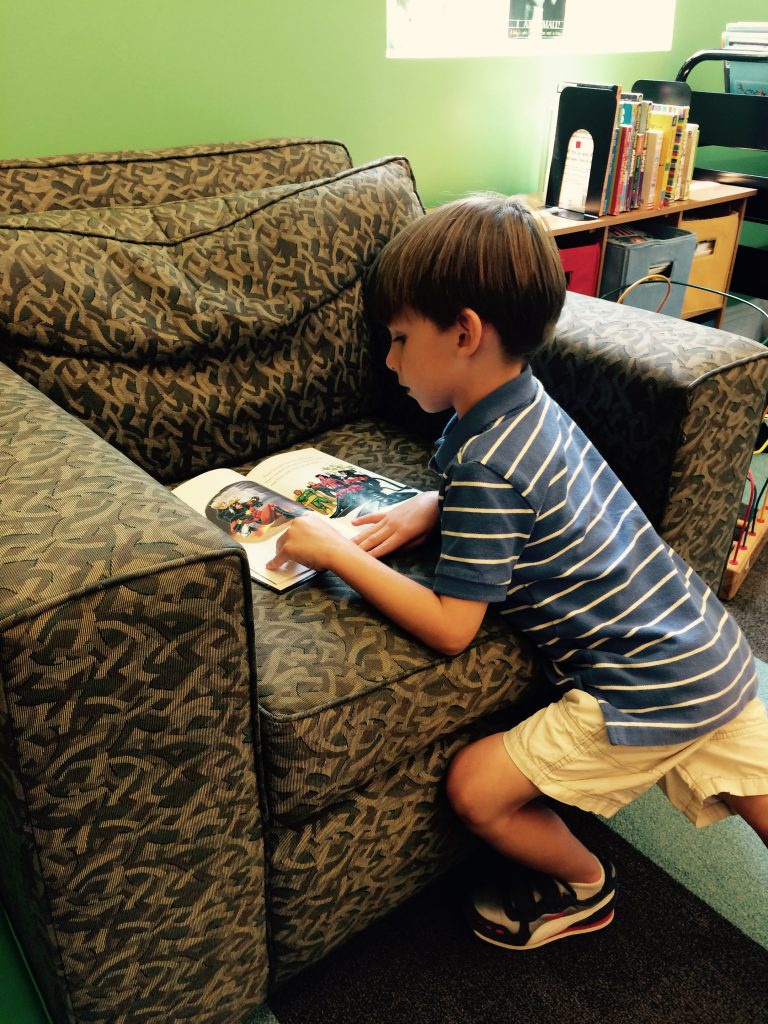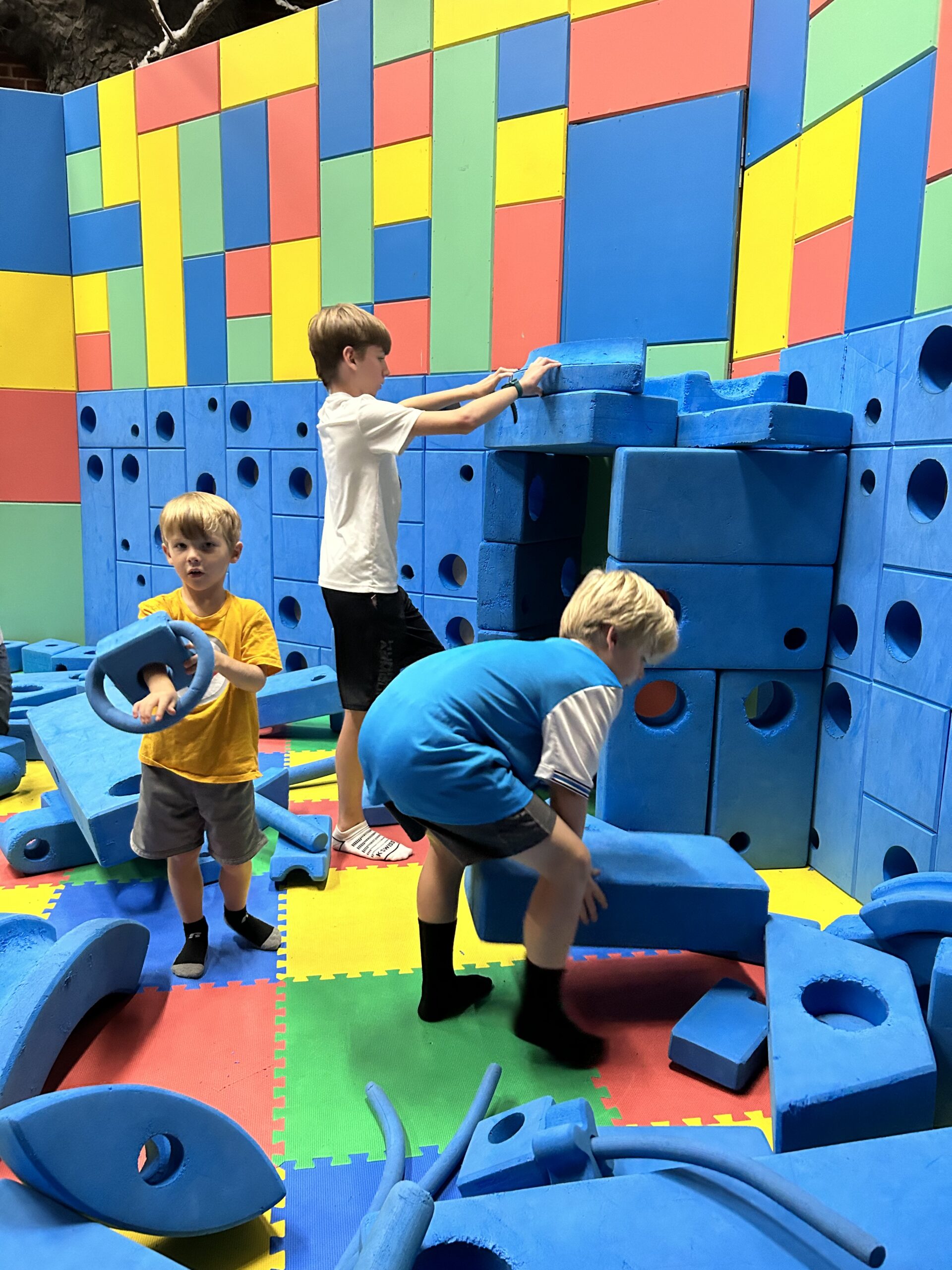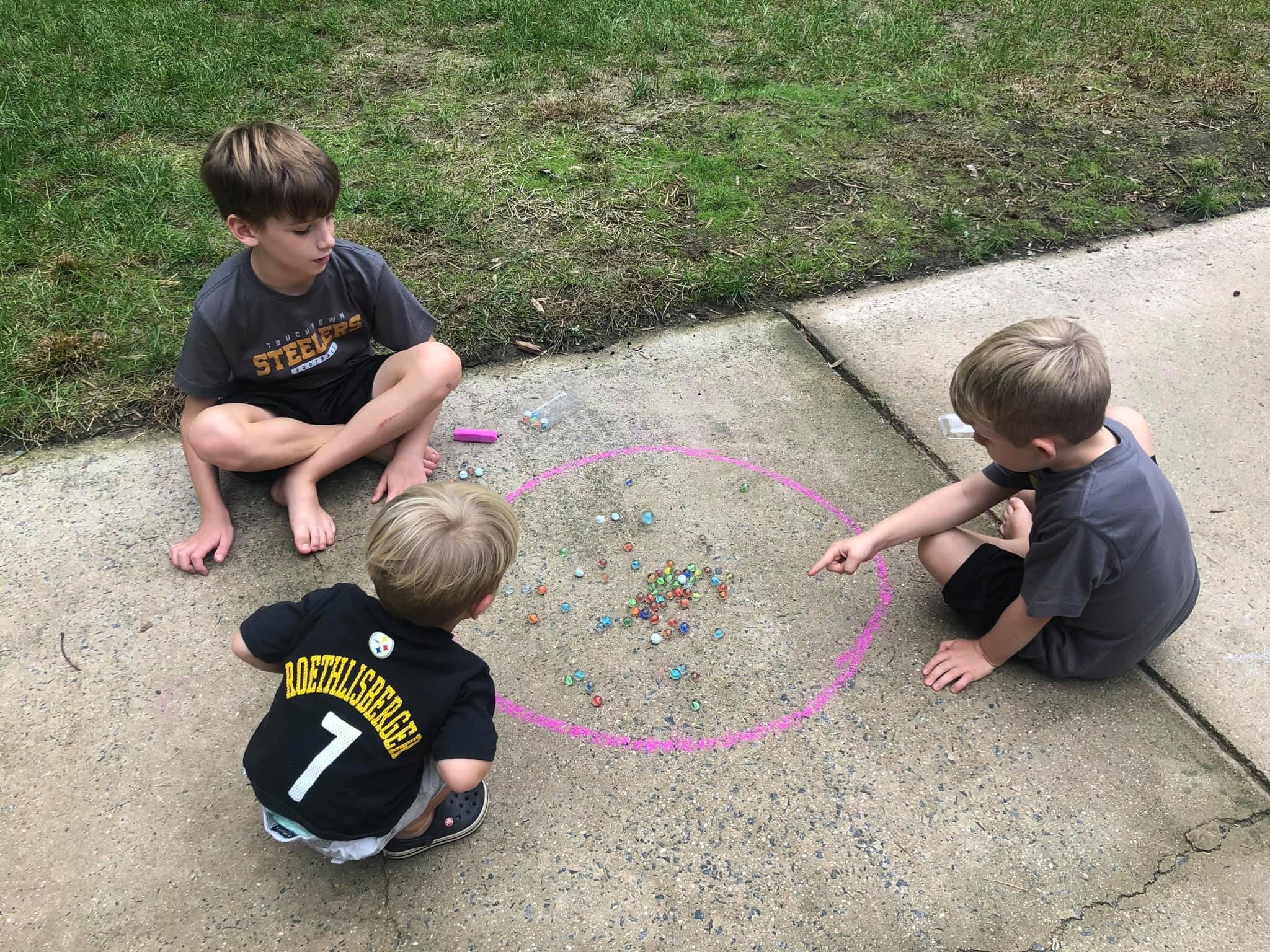Brain-based learning is the focus of educators and parents today. It refers to the latest scientific research about how the brain learns. These methods are the teaching methods and lessons educators and parents use for our youth. It refers to the cognitive development of students, especially, how they each learn differently.
WHY BRAIN-BASED
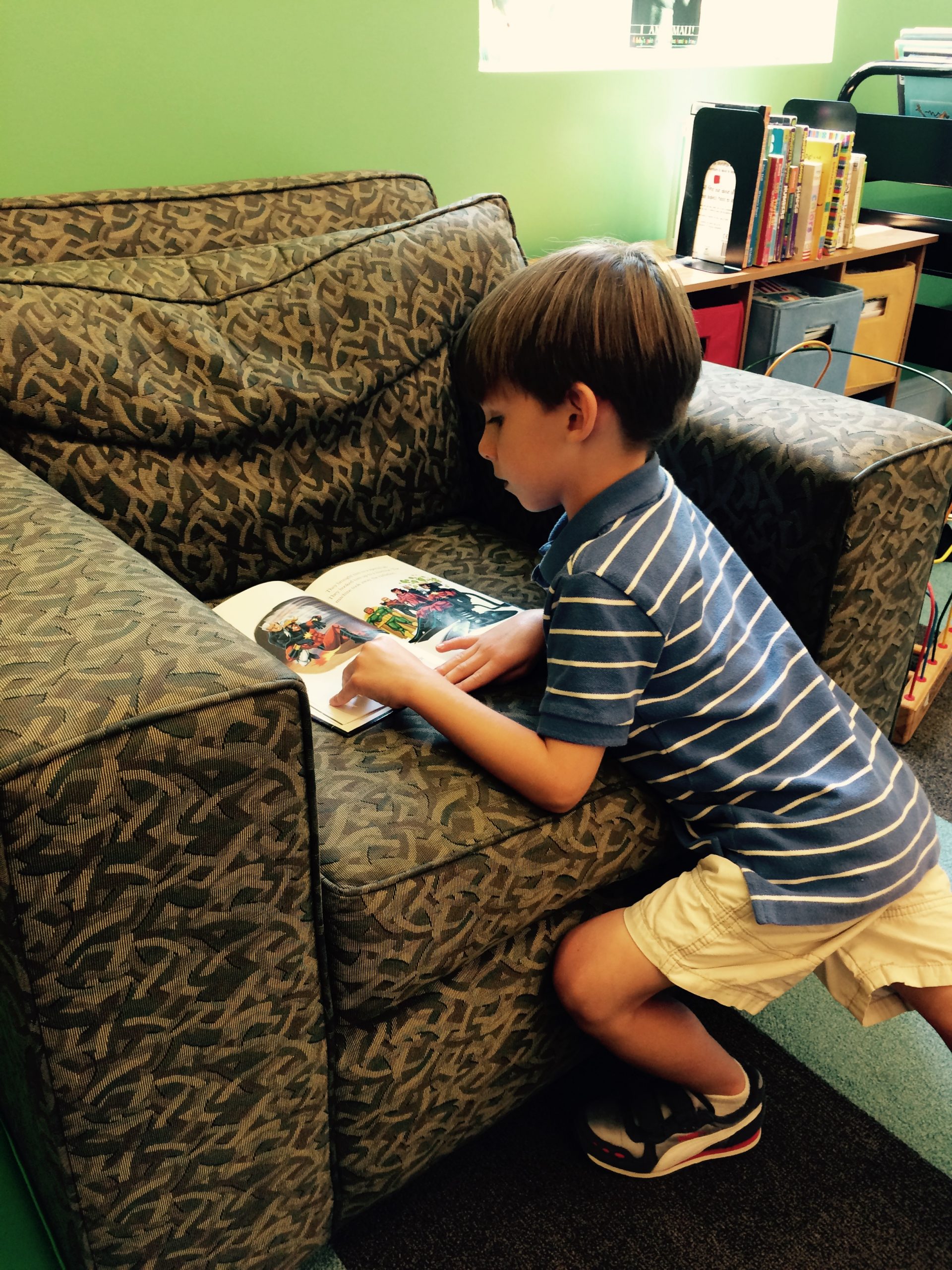
• About 50 percent of our students are visual learners. They need pictures and charts, to go with written text.
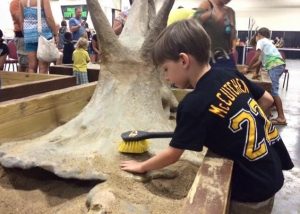
• There are about 30 percent that are kinesthetic learners. They need to have hands-on materials and activities that include movement.

• About 20 percent of our students are auditory learners. They perform best with social learning.
Schools and classrooms are transforming from the traditional methods of instruction that is focused on memorization to a more holistic approach of teaching. They are moving from teacher-dominated lessons to more child-centered activities.
Brain-based learning stresses patterning because the brain learns material that is logical. With brain-based learning, there is not necessarily one right way for students to attack an assignment or a problem.
ADDITIONAL WAYS WE LEARN
,• Our brain learns new information best, when the information is chunked. Students between the age of 5 and 13 years old learn best when given 2 to 4 pieces of information at a time. Students older than 13 are able to learn up to 7 chunks of information at a time.
• Students’ minds work on a time schedule. When a child is between 5 to 13 years old, the time increment for chunking is about 5 to 10 minutes. Young adults 14 and older are able to tackle information in increments of 10 to 20 minutes.
• When new material is introduced, it is best to present the new concepts first, then review previous material.
• Children as well as adults need time to process information because this gives the mind a rest from the task at hand. Students should have water to drink for hydration while learning to keep the mind energized.
• Reflection time after a lesson is important. It provides time for students to think and discuss a concept.
In addition to brain-based activities, students need time for skill building, reading, mediation, and the arts. These activities allow time for the brain to remap.
Brain-based learning connects the way the students learn. It is not a new idea. Evidence of brain-based learning suggests that we learn from experiences. It is an approach to instruction that will benefit all types of learners.
Next week’s blog covers the advantages of cross-brained activities and how they further develop learning.

